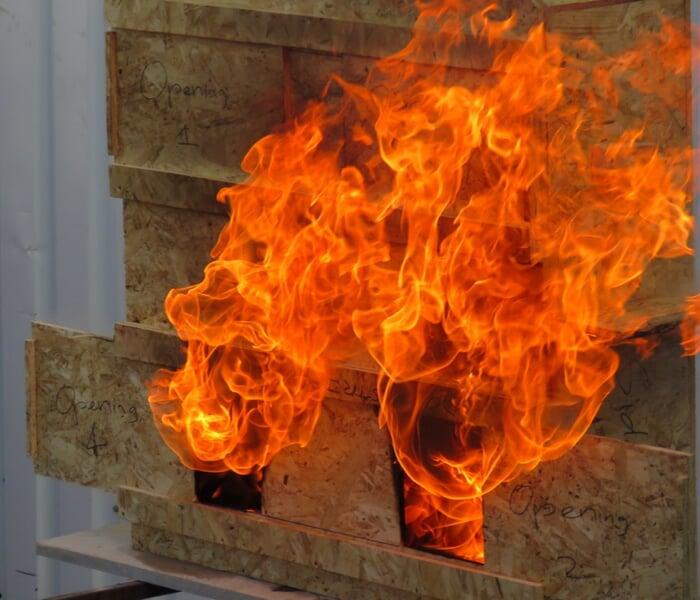FIRE RESISTANCE TESTING
FIRE RESISTANCE TESTING
Fire resistance testing is a rigorous process that involves assessing building components, such as panels, dampers, beams, ceilings, doors, etc., under controlled conditions that simulate a fire. We do fire resistance testing according to SANS 10177-2 requirements and other relevant codes such as SANS 1253 and SANS193. This testing procedure and the established rating signifies the duration (i.e. 30, 60, 90, or 120 min) a tested element can maintain its function exposed to a standardised fire curve, according to the standard test method. The testing procedure applies vertical or horizontal furnace testing depending on requirements and focuses on three main criteria: structural stability, integrity, and/or insulation properties.
The structural stability of an element under testing refers to its capability to withstand collapse when subjected to high temperatures. Integrity focuses on the element's ability to restrict the passage of flames and hot gases from one compartment to another, which is critical in preventing the spread of fire. Insulation refers to the component's effectiveness in limiting the rise of temperature on the un-exposed or non-fire side, thus providing a safety barrier for occupants and sensitive equipment.
Resistance classification is crucial for understanding and ensuring the safe performance of building components and is a critical requirement in building regulations and safety codes. We provide a detailed report including all captured data, videos, photos, and observations. The issued report is not a certificate as we are a testing laboratory only testing one sample and have no jurisdiction over the quality and consistency of the manufacturing of the item tested. Read more about certification vs reporting here.

